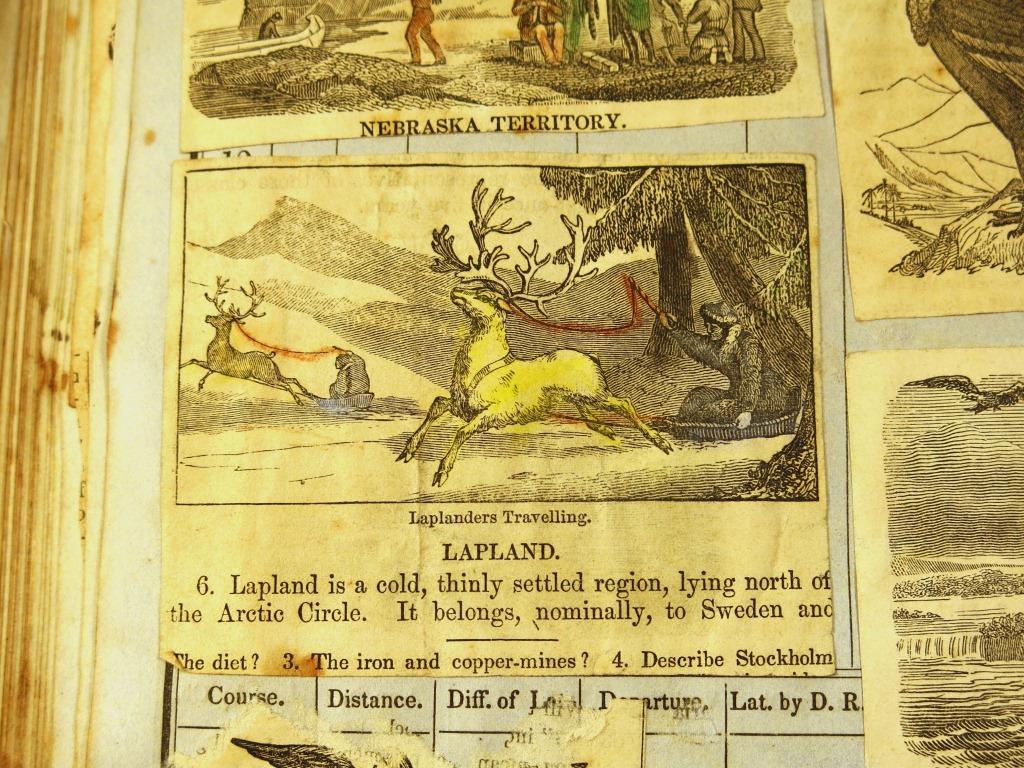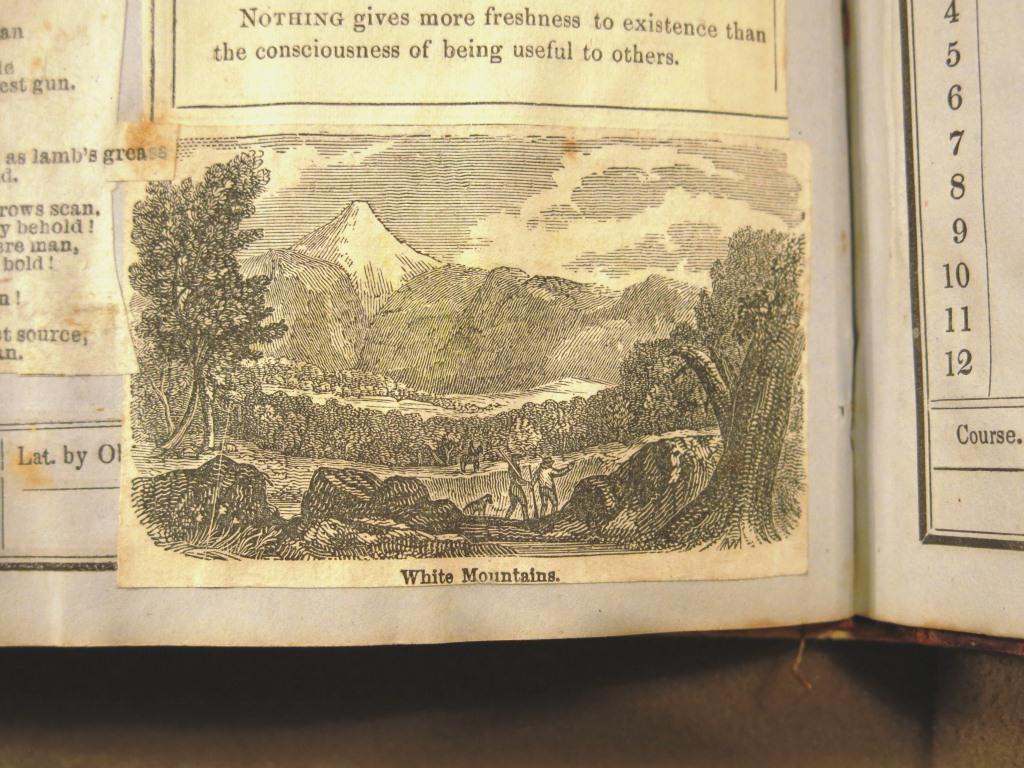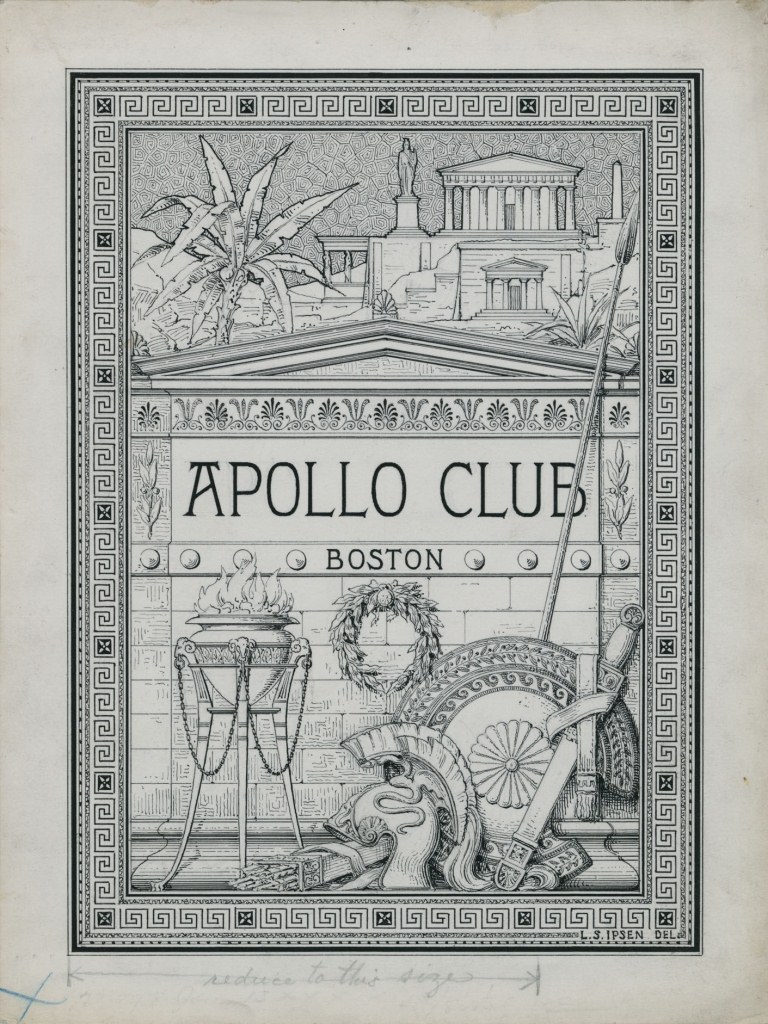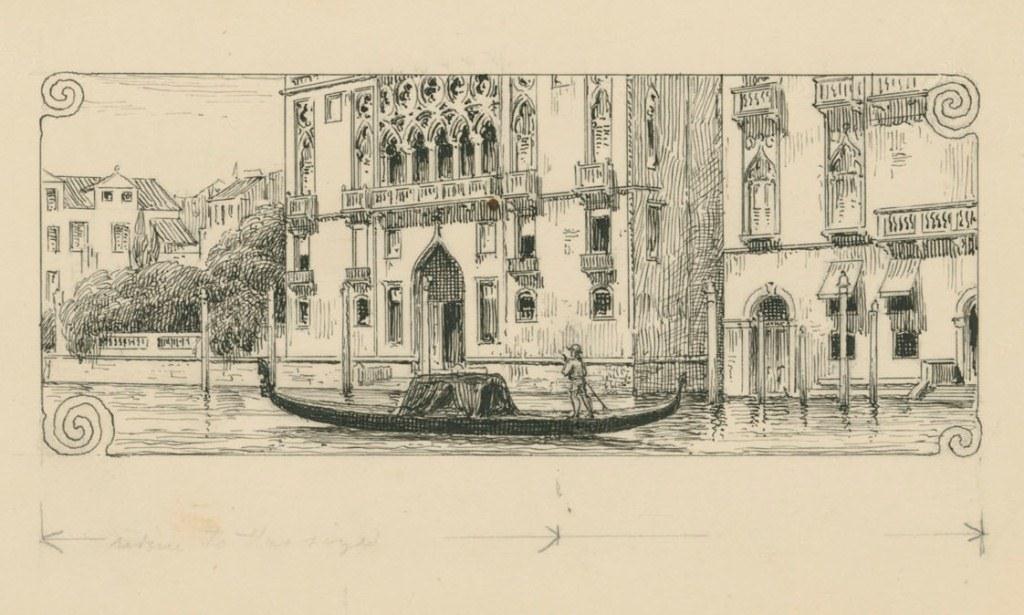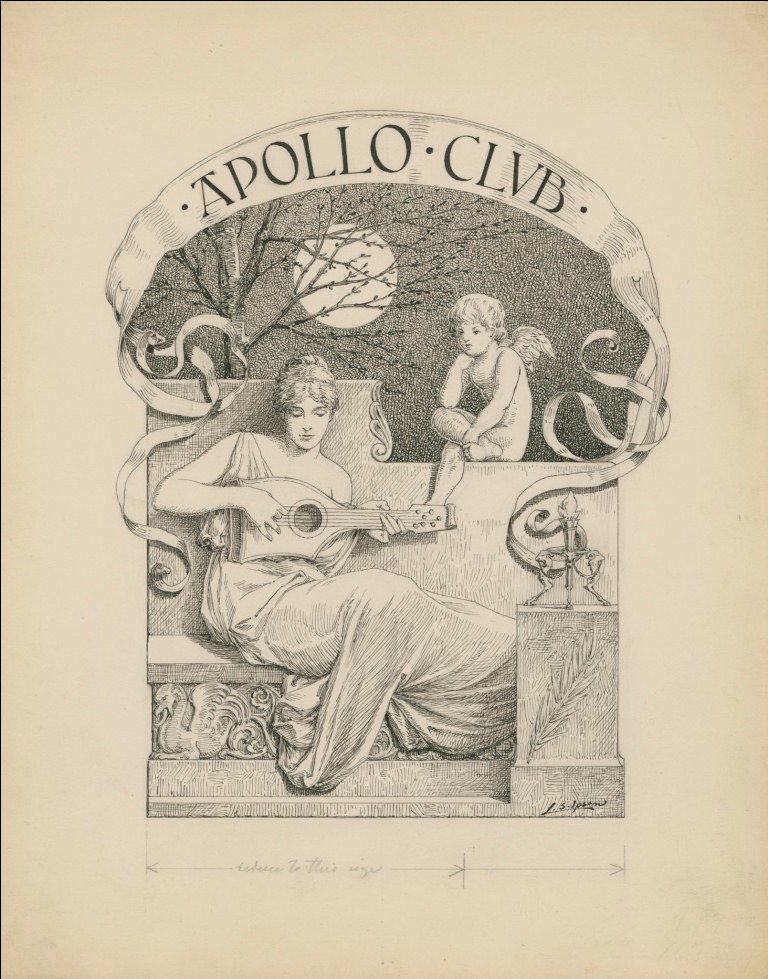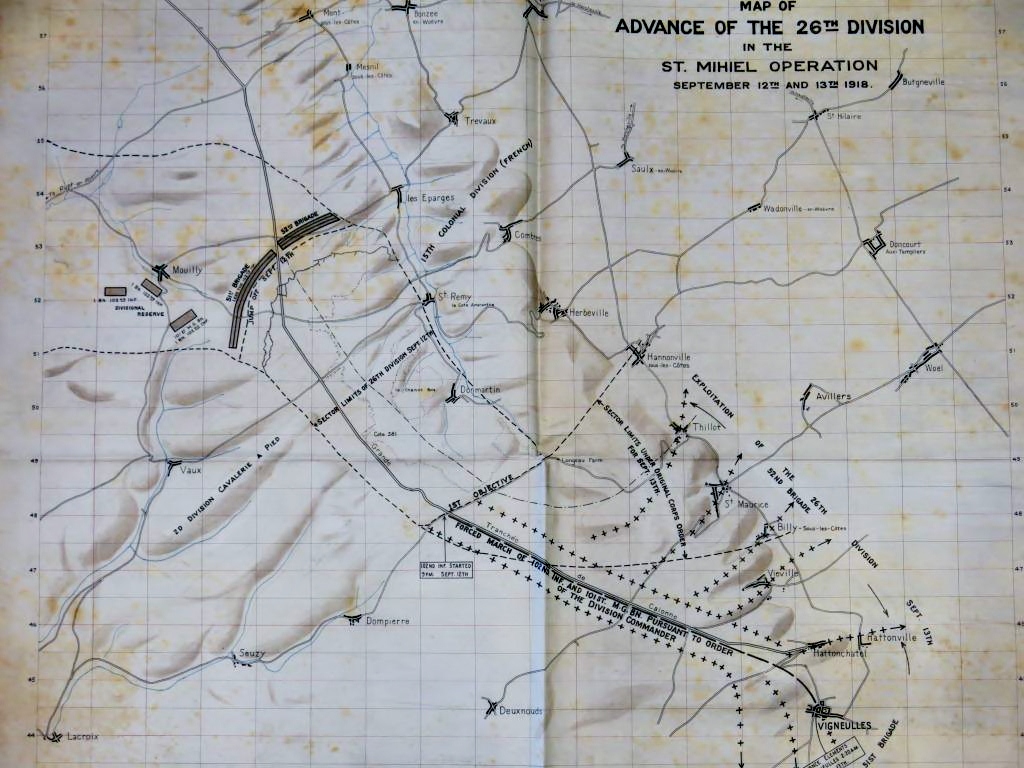By Dan Hinchen
October arrives this week and with it comes a slew of public programs at the Society. Here is what is on tap this week:
First, on Wednesday, 1 October, there is a Brown Bag talk starting at 12:00PM. Come by to hear Sean Moore of the University of New Hampshire present “Reading Locke on the Plantation.” This examines the well-known paradox of early Americans asserting their desire for freedom while, at the same time, enslaving others. The project examines how the African diaspora underwrote the dissemination of British books of literature and philosophy while considering the political theory of Locke. This talk is free and open to the public.
Also on Wednesday is “The Trials of Old New England Towns in a New Nation,” an author talk featuring independent scholar Mary Babson Fuhrer. In this talk, Fuhrer will discuss the remarkable stories of conflict and transformation that reshaped local communities in the decades leading up to the Civil War. Her research with various diaries, letters, and account books form the basis of her recent book, Crisis of Community: Trials and Transformation of a New England Town, 1815-1848. This talk is open to the public with a $10 fee (no charge for Fellows and Members). Please call 617- 646-0560 or click here to register. There is a pre-talk reception at 5:30PM and the program begins at 6:00PM.
On Thursday, 2 October, is this season’s first edition of the History of Women and Gender seminar series: “Enslaved Women and the Politics of Self-Liberation in Revolutionary North America.” This paper, presented by Barbara Krauthamer of University of Massachusetts, Amherst, examines enslaved women’s strategies for gaining freedom through escape, focusing on their escape from bondage and their concomitant movements to various sites in the Americas. Comment is provided by Kate Masur, Northwestern University. This talk takes places at Harvard’s Schlesinger Library, begins at 5:30PM, and is free and open to the public, RSVP required. Subscribe to receive advance copies of the seminar papers.
And on Saturday, 4 October, join us for a free tour through the public space in the Society’s building at 1154 Boylston Street. The tour is free and open to the public and begins at 10:00AM. If you would like to bring a larger party (8 or more), please contact Curator of Art Anne Bentley at 617-646-0508 or abentley@masshist.org.


